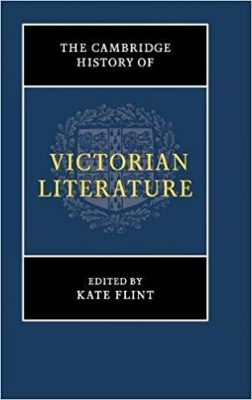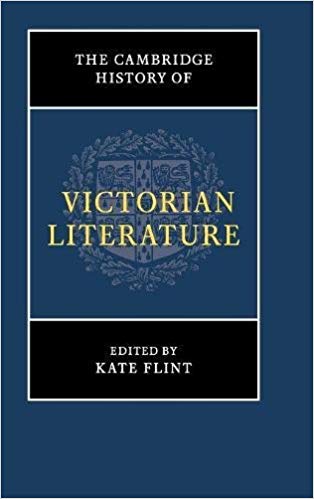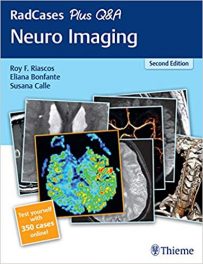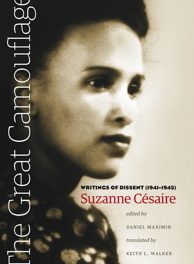 Editor: Kate Flint
Editor: Kate Flint
Publisher: Cambridge University Press – 774 pages
Book Review by: Sonu Chandiram
Victorian literature is literature, mainly written in English, during the reign of Queen Victoria from 1837 to 1901. It is called the Victorian era, and it was preceded by Romanticism beginning in the 1770s, and followed by the Edwardian era, from 1901 to 1910. Victorian literature took numerous forms such as poetry (lyrics) and prose, such as descriptive, narrative, and other forms.
This large volume on Victorian literature is a compilation of articles by 33 authors, many of whom are professors at colleges and universities in the United Kingdom and the United States, teaching subjects related to fiction-writing such as novels and short stories, and non-fiction writing such as autobiographies and biographies, and news (e.g. Victorian journalism) and verse-writing such as poetry.
The articles in the 33 chapters of this book listed below are organized around six Parts. Here below are the chapter titles to provide you a broad overview of what is inside this book;
- Part I – Authors, Readers, and Publishers
- Publishing and the materiality of the book
- Victorian reading
- Periodicals and reviewing
- Part II – Writing Victoria’s England
- The expansion of Britain
- High Victorianism
- The fin de siecle
- Part III – Modes of Writing
- Lyric and the lyrical
- Epic
- Melodrama
- Sensation
- Autobiography
- Comic and satirical
- Innovation and experiment
- Writing for children
- Part IV – Matters of Debate
- Education
- Spirituality
- Material
- Economics and finance
- History
- Sexuality
- Aesthetics
- Science and literature
- Subjectivity, psychology, and the imagination
- Cityscapes
- The rural scene: Victorian literature and the natural world
- ‘The annihilation of space and time’: literature and technology
- Part V – Spaces of Writing
- Spaces of the nineteenth –century novel
- National and regional literatures
- Britain and Europe
- Victorian empire
- Writing about America
- Part VI – Victorian Afterlives
- 1900 and the debut de siècle: poetry, drama, fiction
- The future of Victorian literature
In this volume, the contributors (including the editor) who are essentially scholars in their respective fields, do the following:
- Introduce readers o their particular fields
- Discuss influential public debates
- Offer illuminating contextual detail to situate authors and works in their wider cultural and historical contexts
You will find discussions on interesting topics such as: cityscapes, economics, epics, melodrama, sensations, and sexuality.
Victorian writing in this book is placed in Britain’s complex relationship with Europe, America, and Britain’s component nations (former colonies). The last two chapters in this volume discuss Victorian literature since 1900 – particularly drama, fiction, and poetry – and its prospects in the coming years.
Editor:
Kate Flint is Provost Professor of English and Art History at the University of Southern California.







